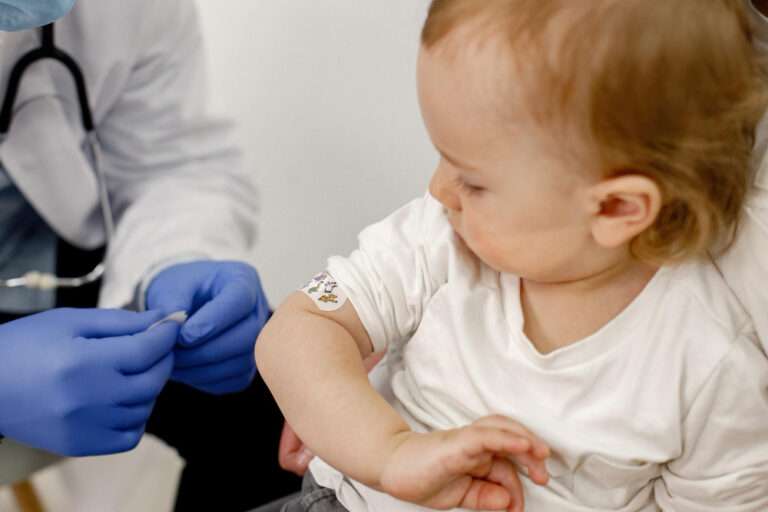Shelf-Stable Malaria Vaccines breakthrough
The development of shelf-stable malaria vaccines marks a significant breakthrough in the fight against one of the world’s most deadly diseases. Malaria, caused by Plasmodium parasites transmitted through the bites of infected mosquitoes, has been a major health challenge, particularly in sub-Saharan Africa and other tropical regions. The quest for an effective malaria vaccine has been ongoing for over a century, but recent advancements have brought forth promising candidates, notably the RTS,S and R21/Matrix-M vaccines.
The RTS,S vaccine, also known as Mosquirix, is the first and only malaria vaccine to receive a positive scientific opinion from the European Medicines Agency and endorsement from the World Health Organization for pilot introduction in selected areas of Africa. This vaccine targets the circumsporozoite protein of the Plasmodium falciparum malaria parasite, aiming to prevent the parasite from infecting the liver, where it can mature, multiply, and subsequently infect red blood cells, leading to disease symptoms.
A significant benefit of the RTS,S vaccine is its demonstrated efficacy in reducing malaria cases among children. Clinical trials have shown that the vaccine can prevent approximately 4 in 10 malaria cases and significantly reduce severe malaria cases, which can be life-threatening. This vaccine’s impact is particularly noteworthy in regions with high malaria transmission rates, where the disease is a leading cause of childhood mortality.
However, the RTS,S vaccine’s efficacy is moderate and wanes over time, necessitating booster doses to maintain its protective effect. This aspect presents a challenge in ensuring sustained immunization coverage, especially in remote and resource-limited settings.
The R21/Matrix-M vaccine, another promising candidate, has shown even higher efficacy rates in early trials. It uses a similar target as RTS,S but with a different formulation that may offer stronger and more sustained immunity. Early trial results have been encouraging, with the vaccine demonstrating up to 80% efficacy in children when given with a booster dose.
One of the most groundbreaking aspects of these vaccines is their shelf stability. Traditional vaccines often require refrigeration, posing significant logistical challenges in transporting and storing them in tropical climates where malaria is prevalent. The shelf stability of RTS,S and R21/Matrix-M, particularly the latter’s ability to withstand temperatures up to 104°F for up to two weeks, represents a major advantage. This feature can greatly enhance the reach of vaccination programs in remote and resource-limited areas, potentially increasing vaccine coverage and effectiveness in reducing malaria incidence.
The side effect profile of these vaccines has been generally favorable, with most adverse events being mild and temporary, such as pain at the injection site, fever, and fatigue. These are common reactions seen with many vaccines and are generally outweighed by the benefits of protection against malaria.
Despite these advancements, some challenges remain. The need for multiple doses to achieve optimal efficacy can complicate vaccination schedules and adherence, particularly in areas with limited access to healthcare facilities. Additionally, the cost and funding for widespread distribution of these vaccines in low-income countries are significant concerns. Ensuring equitable access to these life-saving vaccines is crucial.
In summary, the development of shelf-stable malaria vaccines like RTS,S and R21/Matrix-M represents a monumental step forward in global health. These vaccines have the potential to reduce the burden of malaria significantly, especially among children in high-risk areas. Their shelf stability is a game-changer in vaccine distribution logistics, making it feasible to reach remote and underserved populations. While challenges such as maintaining long-term efficacy, ensuring adherence to multiple-dose schedules, and addressing funding and distribution inequalities remain, the benefits these vaccines offer in terms of reducing malaria morbidity and mortality are profound. As such, they are key tools in the ongoing fight against this devastating disease.
------------From our Sponsors------------









